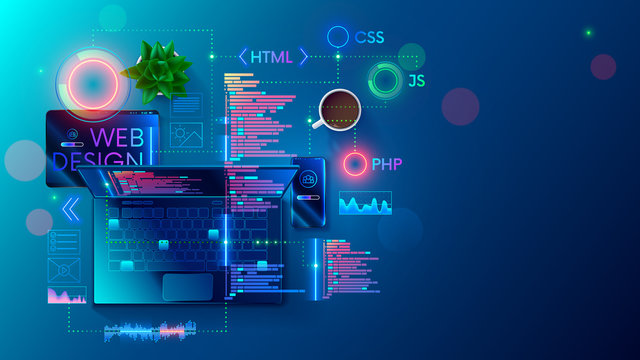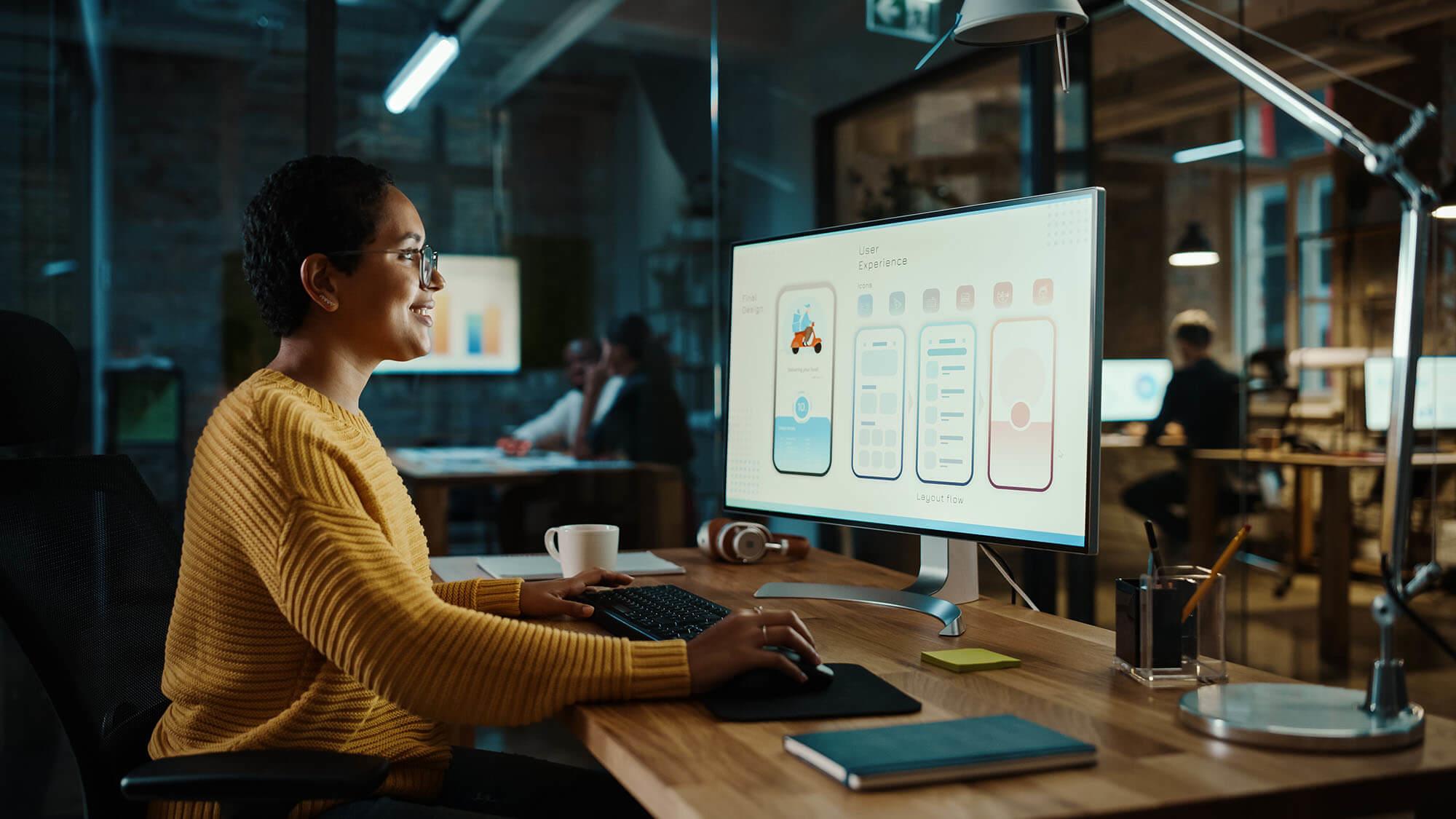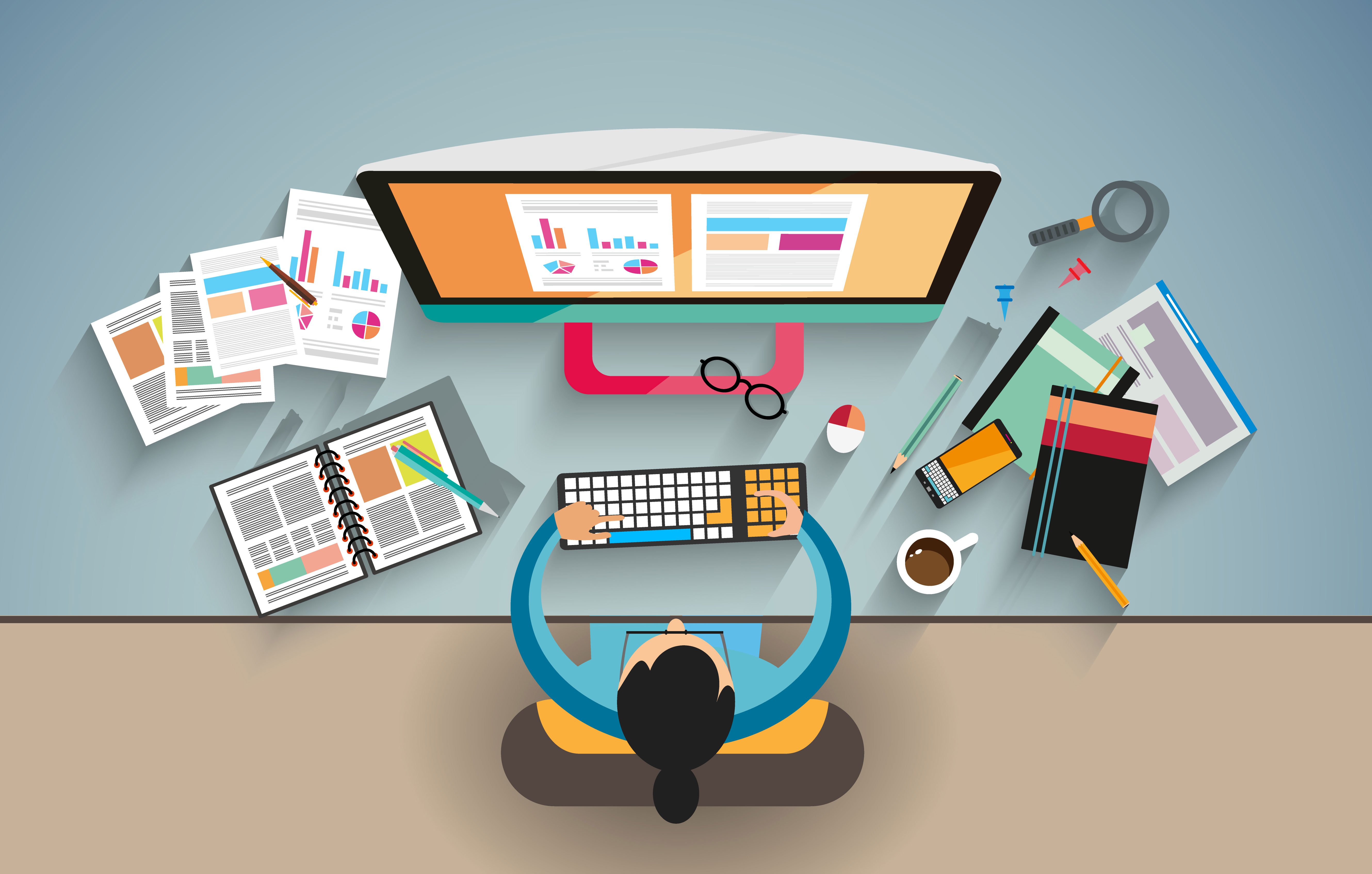Aligned Position Web Design: Creating Custom Websites That Drive Traffic and Increase Conversions
Aligned Position Web Design: Creating Custom Websites That Drive Traffic and Increase Conversions
Blog Article
The Most Effective Sorts Of Website Design to Enhance Individual Experience and Engagement
In the ever-evolving landscape of electronic communication, the performance of Web style significantly impacts user experience and engagement. Various design strategies, such as minimalist, receptive, and interactive designs, each deal special advantages that can cater to diverse customer demands.
Minimal Website Design
As digital landscapes become increasingly cluttered, minimal website design has actually become a powerful method to enhancing user experience. This layout philosophy prioritizes simpleness, concentrating on crucial components while removing unnecessary interruptions. By utilizing ample white space, uncomplicated navigation, and a minimal shade combination, minimalist layout promotes clarity and guides user attention to vital material.
The core principle of minimal Web layout is to produce a seamless communication for users. By reducing cognitive load, users can promptly comprehend information without really feeling overwhelmed. This straight approach not only boosts functionality but likewise encourages interaction, as site visitors are extra likely to discover a site that is aesthetically attractive and easy to navigate.
Additionally, minimalist style commonly emphasizes typography and imagery, using these components strategically to communicate messages successfully. In significance, minimalist Web style is not simply a fad; it is a thoughtful methodology that recognizes the significance of user-centered layout.
Receptive Website Design
In today's varied electronic setting, receptive Web layout has actually become important for producing a seamless individual experience across a wide variety of tools. As customers accessibility sites on mobile phones, desktop computers, tablets, and laptop computers, the ability of a web site to adapt its design and content to different display dimensions and resolutions is critical.
Receptive Web layout uses versatile grids, pictures, and CSS media queries to ensure that Web material exists ideally, no matter the device used. This approach not just boosts the visual appeal of a website yet also substantially improves use. Customers are a lot more likely to engage with a site that supplies a constant experience, as it eliminates the frustration of needing to zoom in or scroll excessively.
By taking on responsive layout, organizations can improve their exposure and get to a broader audience. In recap, receptive Web style is a basic practice that improves user experience, interaction, and total satisfaction.
Interactive Website Design
Receptive website design lays the foundation for enhancing individual experience, yet interactive Web design takes this a step better by involving users in a more dynamic means - Aligned Position Web Design. By integrating elements such as animations, clickable prototypes, and real-time comments, interactive website design captivates users, drawing them right into a richer browsing experience
This method not just cultivates interaction yet also encourages users to explore material actively as opposed to passively consuming it. Techniques such as gamification, where users earn rewards for completing jobs, can significantly enhance the time spent on a site and enhance total satisfaction. Interactive functions can streamline intricate details, making it a lot more pleasurable and absorbable.

Incorporating interactive style components can also result in greater conversion rates, as individuals are most likely to involve with a website that proactively includes them. Aligned Position Web Design. Eventually, interactive website design transforms customer experiences right into memorable journeys, making certain that visitors return time after time
Apartment Layout
Characterized by its minimalistic technique, level layout stresses simpleness and capability, removing unneeded components go to this website and concentrating on essential features. This design viewpoint prioritizes usability, guaranteeing that individuals can navigate interfaces effortlessly and efficiency. By employing a clean aesthetic, level layout removes the mess typically discovered in much more elaborate styles, thus enhancing user concentrate on material and performance.
The trademark of flat design exists in its usage of strong colors, simple typography, and geometric forms. These components contribute to a visually enticing user interface that is both contemporary and approachable. Furthermore, flat layout promotes a sense of quality, permitting individuals to my company discern essential activities and info without distraction.
In addition, level style is particularly reliable in responsive Web style, as its simplicity converts well throughout different devices and display sizes. The lack of elaborate appearances and gradients decreases packing times, which is crucial for keeping user involvement. As digital landscapes proceed to advance, flat style stays a relevant option for creating easy to use websites that enhance total experience. By focusing on essential functions, flat style not just fulfills individual demands but likewise urges seamless communication, making it a vital part of effective Web layout strategies.
Adaptive Web Style
Flexible Web layout tailors the customer experience by creating numerous repaired layouts tailored to different screen sizes and gadgets. Unlike receptive layout, which fluidly adjusts a solitary layout, adaptive layout uses distinctive layouts for particular breakpoints, making sure optimum discussion on different systems. This technique enables developers to concentrate on the one-of-a-kind characteristics of each device, enhancing usability by supplying precisely what individuals require based upon their context.
Among the main advantages of adaptive website design is its ability to maximize load times and efficiency. By offering tailored web content and photos that fit the individual's gadget, sites can minimize information use and enhance loading speeds. This is particularly advantageous for users with slower links or restricted data plans.

In addition, adaptive style promotes a much more regulated and consistent branding experience. Given that designers produce several formats, they can ensure that the visual aspects straighten with the brand name's identity across different platforms - Aligned Position Web Design. This leads to a natural customer experience, boosting engagement and promoting individual retention
Verdict
To conclude, the assimilation of minimal, receptive, and interactive Web design principles substantially boosts customer experience and engagement. Minimalist style promotes clearness and emphasis, while receptive style makes sure versatility throughout various devices, promoting ease of access. Interactive style mesmerizes individuals via dynamic elements, encouraging exploration and personalization. Jointly, these style comes close to add to the production of straightforward atmospheres that not just enhance fulfillment but additionally drive higher conversion prices, emphasizing their crucial importance in contemporary website design techniques.

Minimal layout cultivates clearness and emphasis, while receptive style makes sure flexibility throughout numerous tools, advertising ease of access. Collectively, these style approaches contribute to the creation of user-friendly environments that not only improve complete satisfaction yet additionally drive greater conversion prices, highlighting their vital value in contemporary Web layout approaches.
Report this page